.

Scott's Run, West Virginia. Peter Percupu, Roumanian miner, unemployed, known in Scott's Run as Ground Hog. Too old to find employment in the mines, March 1937
The past speaks to us
It says hello glad to meet you
It says goodbye what have I done
It says goodbye what have I done
to deserve this
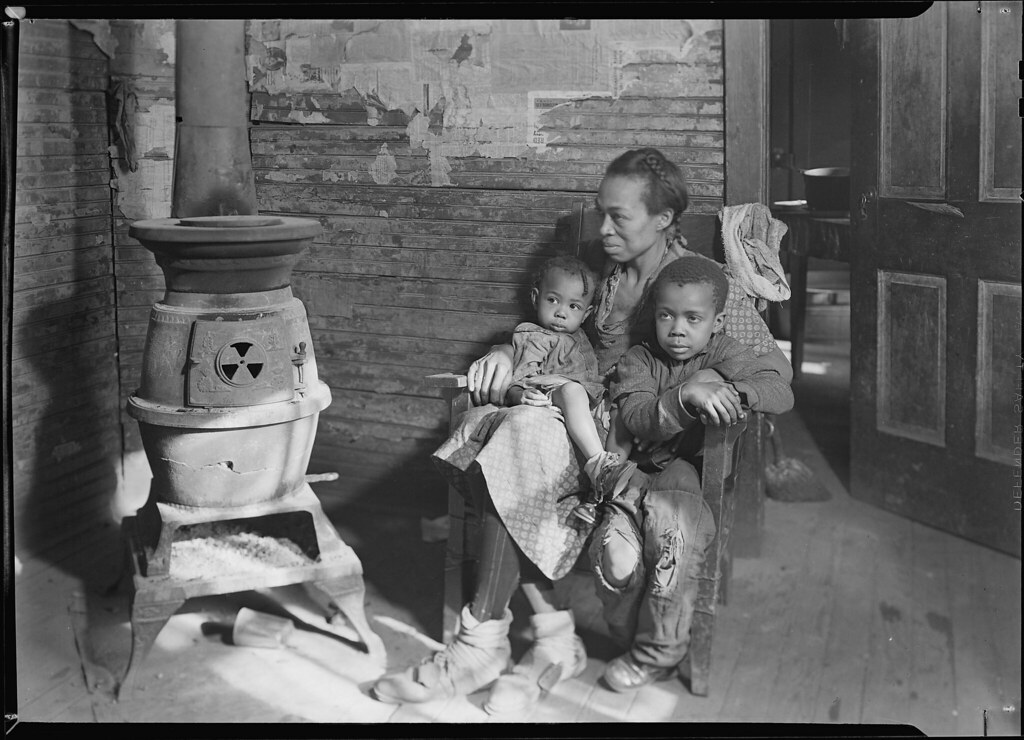
Scott's Run, West Virginia. Johnson family -- father unemployed, March 1937
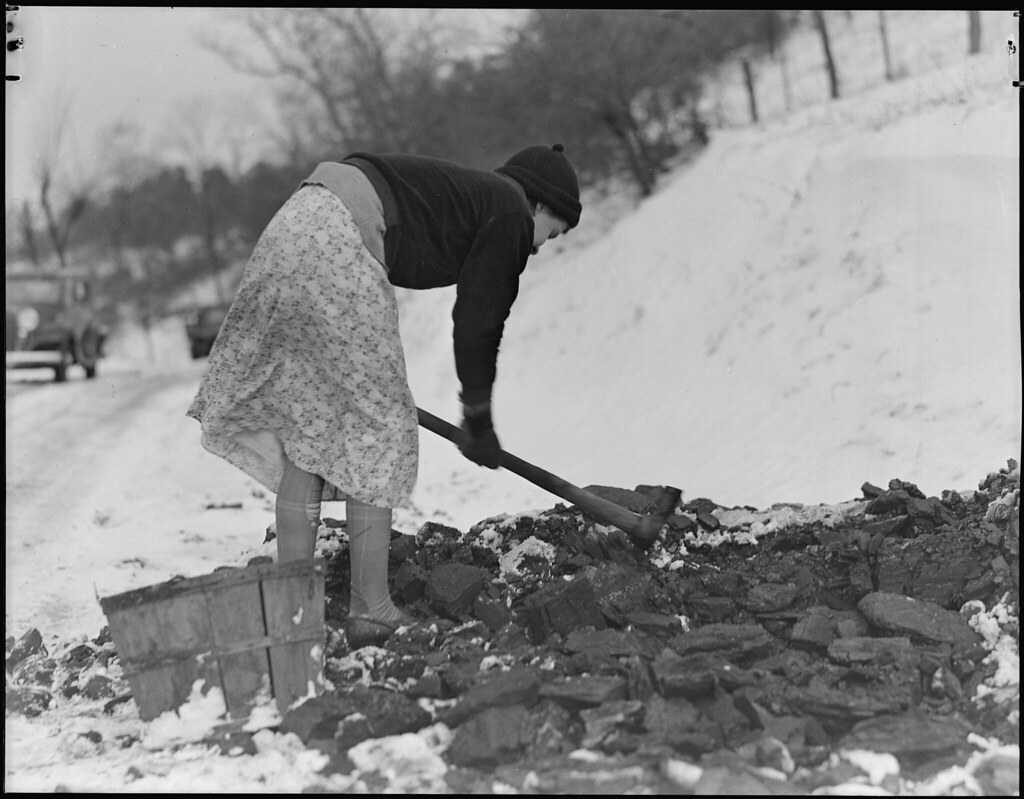
Scott's Run, West Virginia. Woman gathering coal from mine refuse, March 1937

Scott's Run, West Virginia. Woman gathering coal from mine refuse, March 1937

Scott's Run, West Virginia. Pursglove No. 5. Scene taken from main highway shows typical hillside camp. The houses are multiple dwellings, March 1937

Scott's Run, West Virginia. The Patch. One of the worst camps in Scott's Run. The stream is an auxiliary branch that flows into Scott's Run. The main valley of Scott's Run can be seen towards the right of this picture. These houses were originally built as single bachelor apartments; there are from six to eight separate housekeeping units in the buildings. Many of them are now occupied by families living in one room, March 1937

Scott's Run, West Virginia. The Patch. One of the worst camps in Scott's Run. The stream is an auxiliary branch that flows into Scott's Run can be seen towards the right of this picture. These houses were originally built as single bachelor apartments; there are from six to eight separate housekeeping units in the buildings. Many of them are now occupied by families living in one room, March 1937

Scott's Run, West Virginia. Jere, mine tipple. Mine bankrupt and closed since December 1936. The camp of this mine is considered a stranded community, March 1937
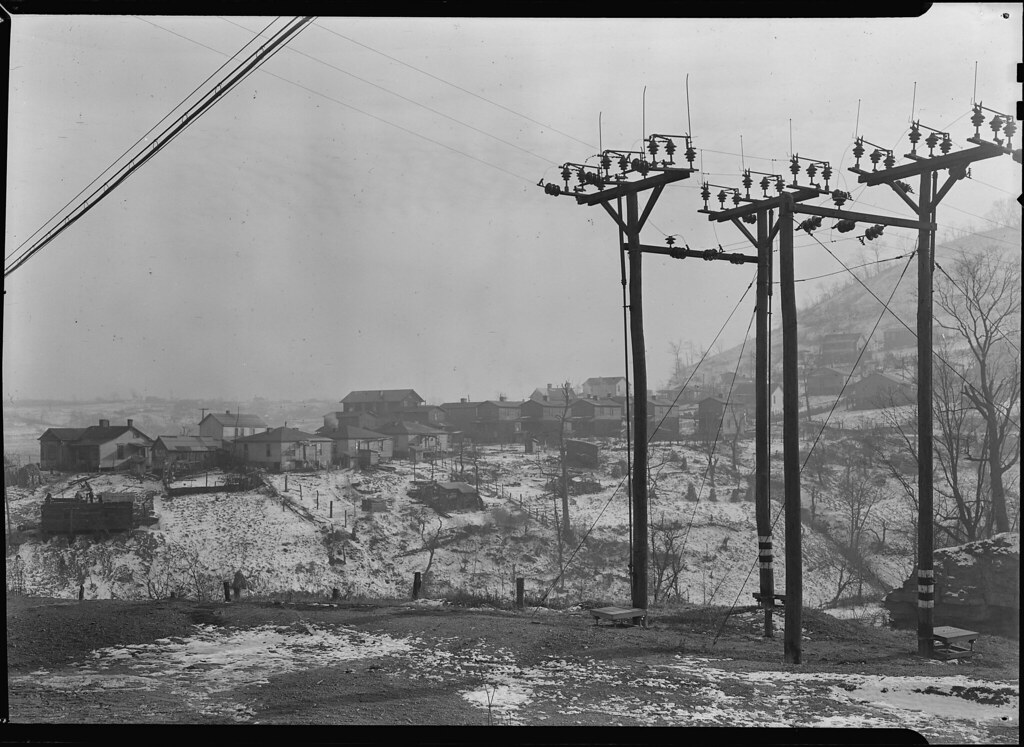
Scott's Run, West Virginia. Troop Hill -- an abandoned coal camp on Scott's Run, West Virginia, December 22, 1936. Mine closed early in 1936. Scene taken from main highway entering Scott's Run, March 1937
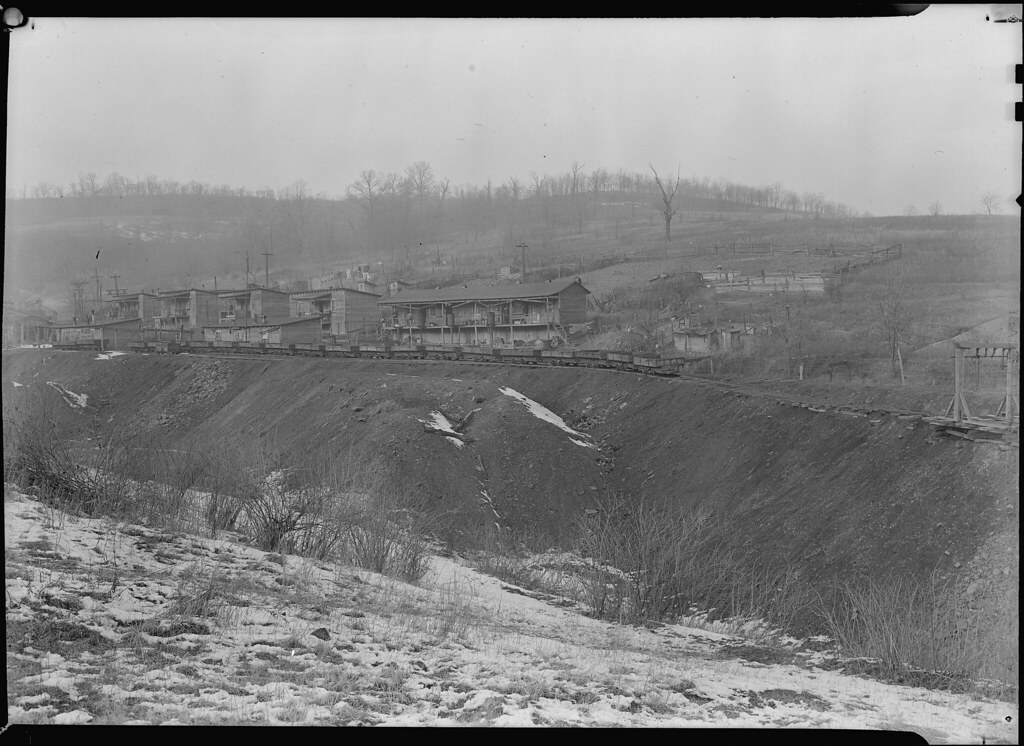
Scott's Run, West Virginia. Chaplin Hill. This scene is typical of many camps built near the mine. In the background can be seen several of the government sanitary privies. These houses are multiple dwellings which accommodate several families. It is one of the few camps on Scott's Run which affords space for hogs and garden, 1936
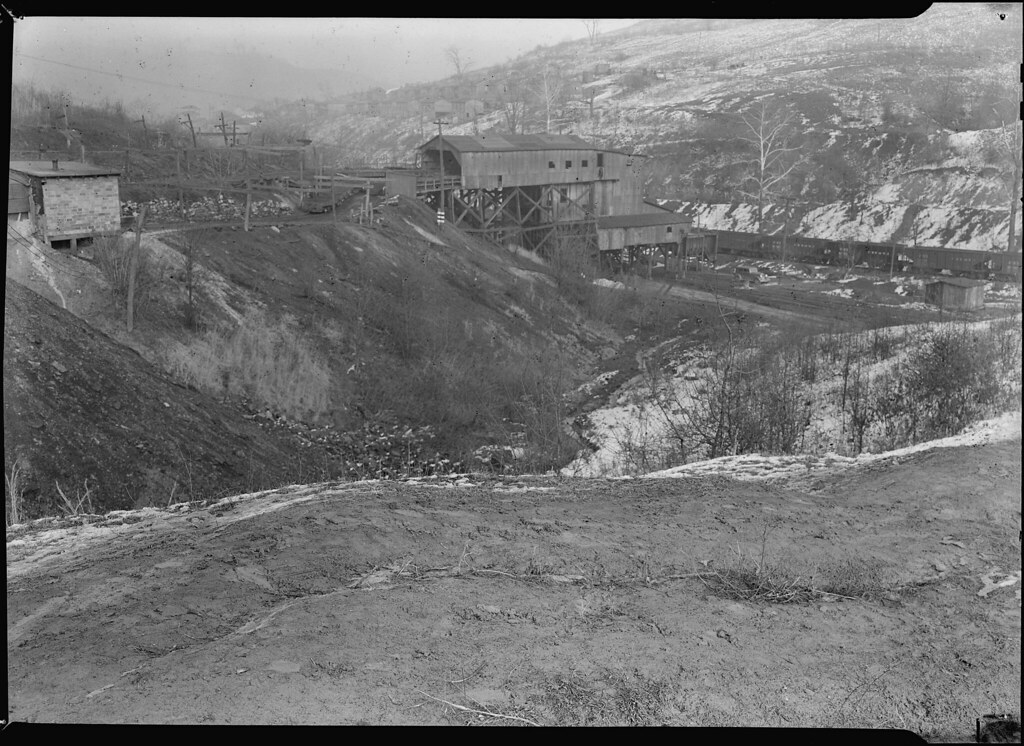
Scott's Run, West Virginia. Chaplin Hill Mine Tipple. This mine as bankrupt and closed during the summer of 1936. The company was reorganized and began to operate under new management in November 1936, 1936
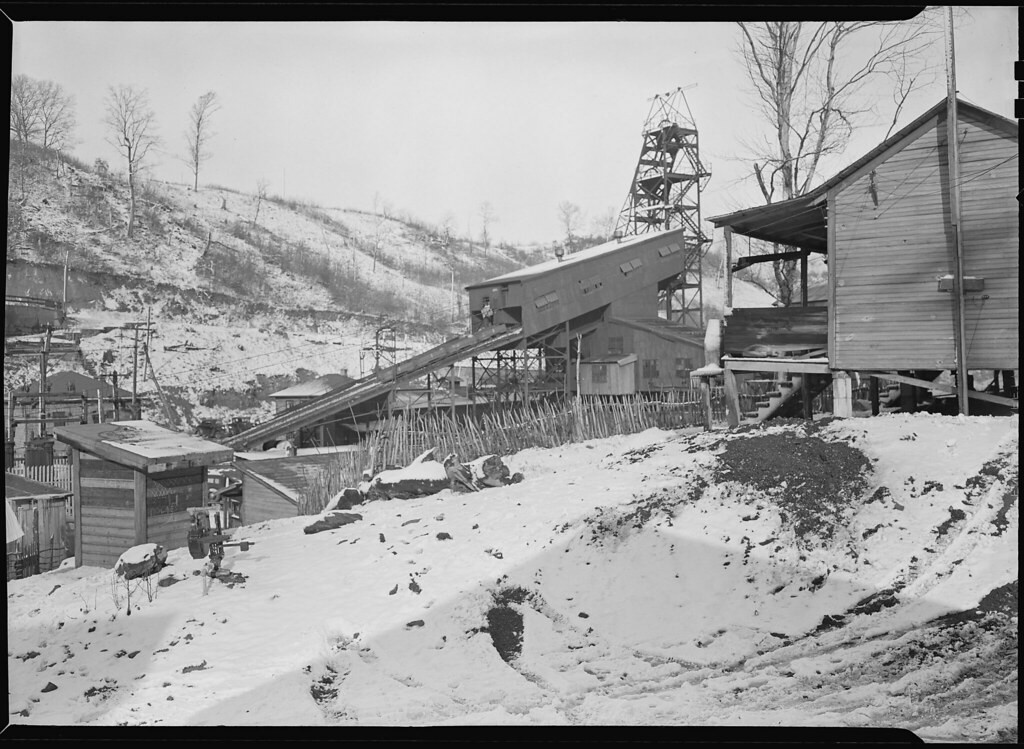
Scott's Run, West Virginia. Cassville, mine tipple. This mine is operating and supplies work for three separate camps (Cassville, New Hill, and the Patch). To the left of picture is shown one of the government privies built by WPA workers in a sanitation campaign organized to eliminate the old typical filthy mine camp toilets, March 1937
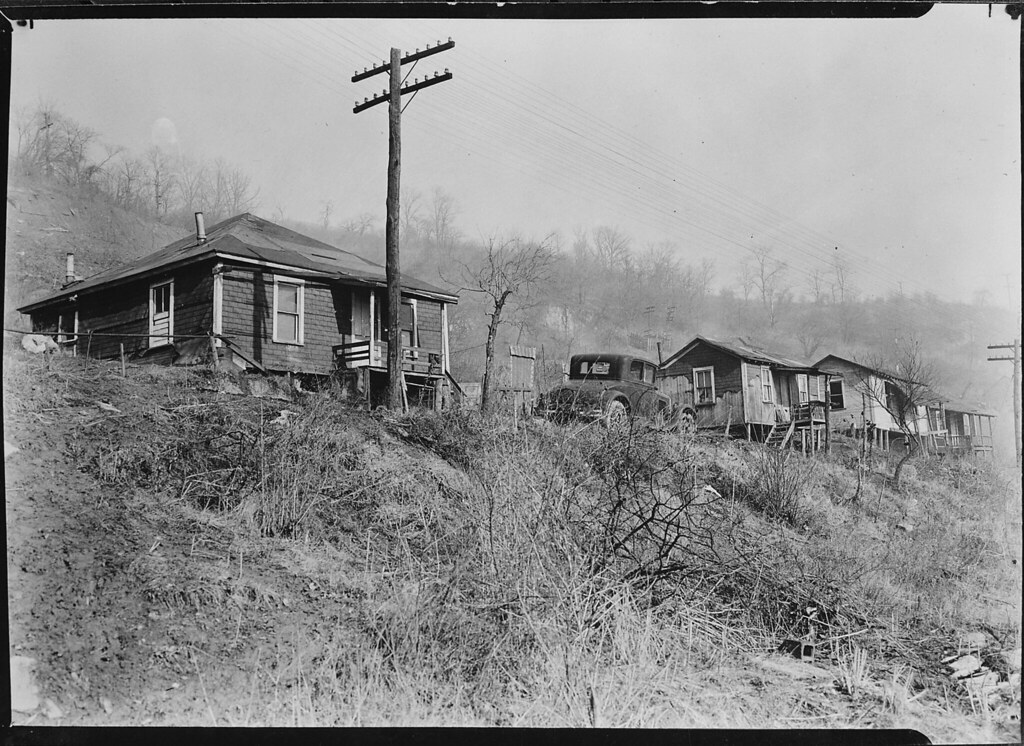
Scott's Run, West Virginia. Sessa Hill. The mine is a small locally owned operation where conditions are generally bad, 1936
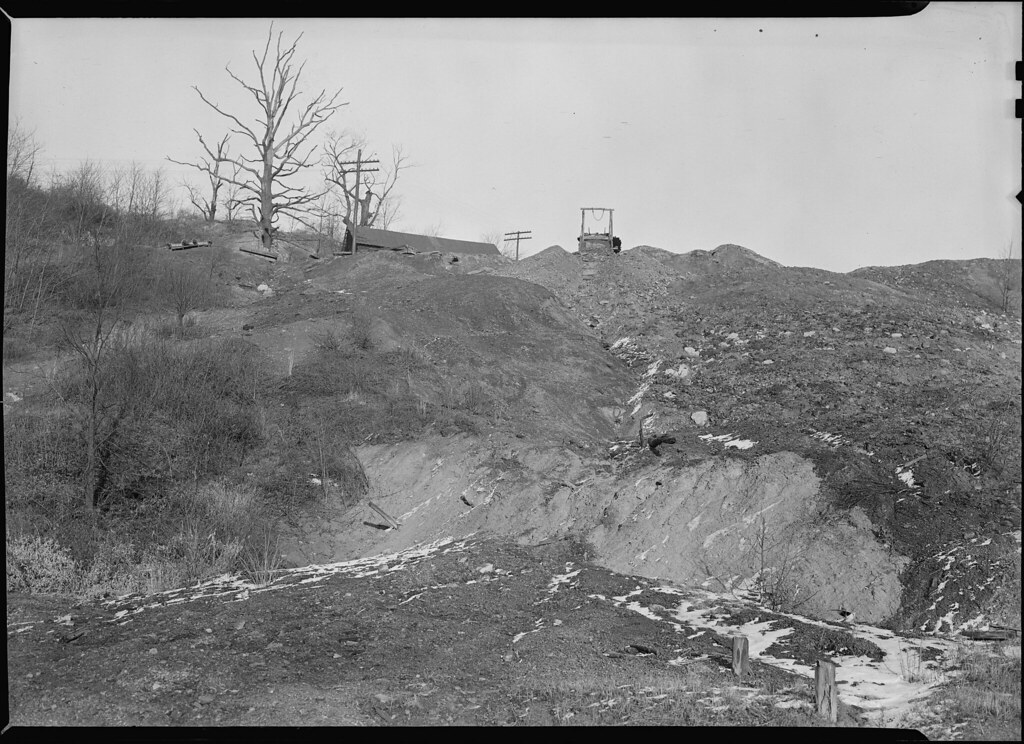
Scott's Run, West Virginia. Worked out coal mine near Pursglove mine No. 4 camp. Scene taken from main highway. This scene is typical of a dozen or more mines that have been closed and left to decay in the community. Note trees killed by mine operations and mine cars left to the elements, March 1937

Scott's Run, West Virginia. Bertha Hill Camp. The mine in this camp has been bankrupt and changed hands several times in the last two years. In the summer of 1936 this camp was considered abandoned; in December the mine, under new management, began to operate, March 1937

Scott's Run, West Virginia. Outdoor privy. Scene taken from the main highway. The stream is Scott's Run. This privy is typical of many improvised outdoor toilets on Scott's Run. It is made from an old automobile; the house at left is also improvised by the family who occupy it. A stream of water flows past the privy into Scott's Run, March 1937

Scott's Run, West Virginia. Miner returning from work at New Hill. There are no mine wash houses in West Virginia. Miners change their clothes and bathe in wash tub in their home and bring much of the mine dirt with them, March 1937
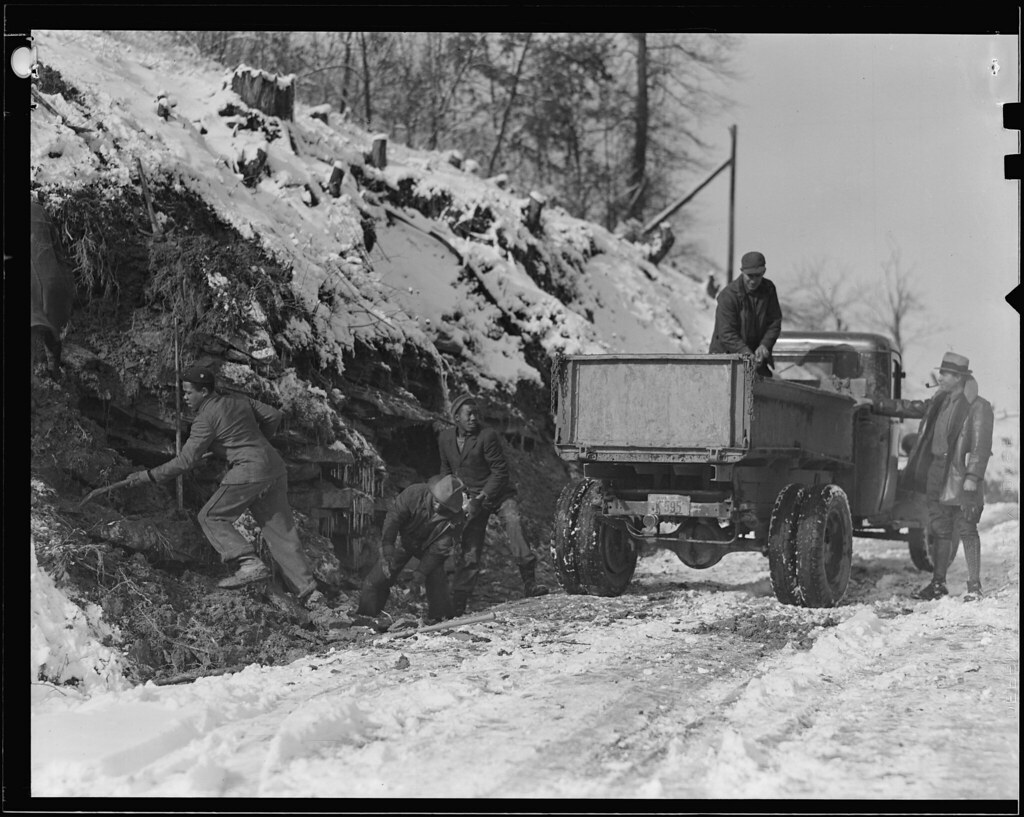
Scott's Run, West Virginia. Unemployed miners, March 1937

Scott's Run, West Virginia. Unemployed men and women, March 1937
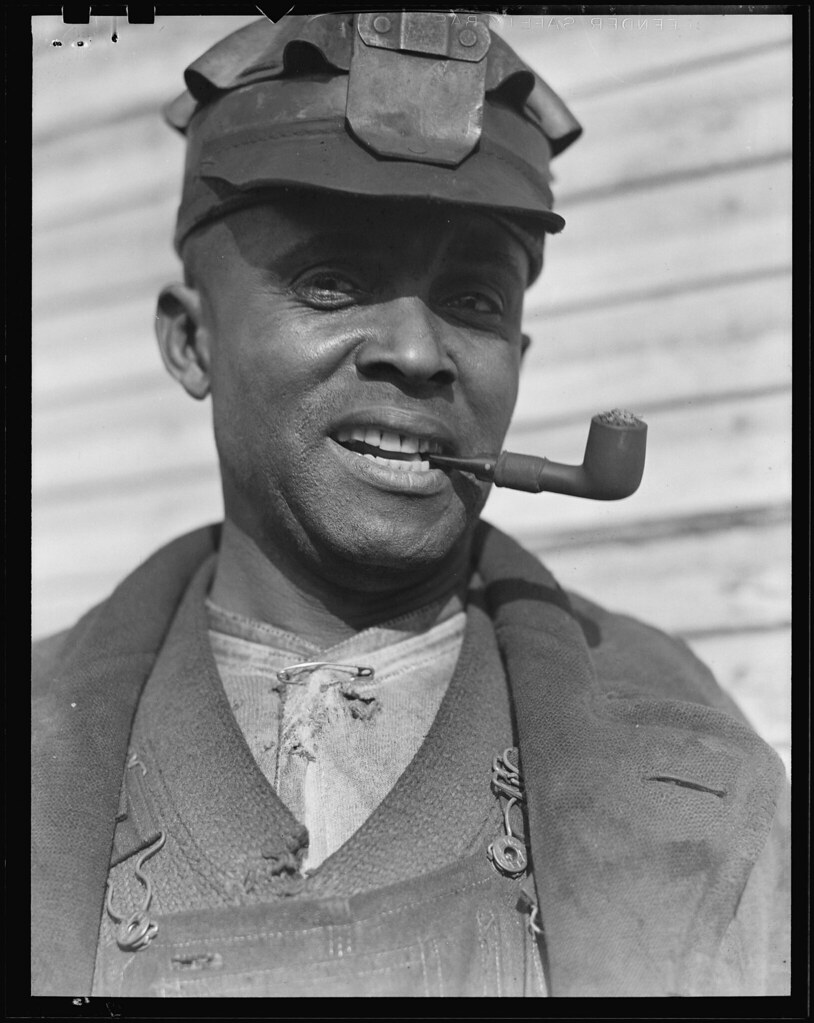
Scott's Run, West Virginia. Unemployed miner, March 1937
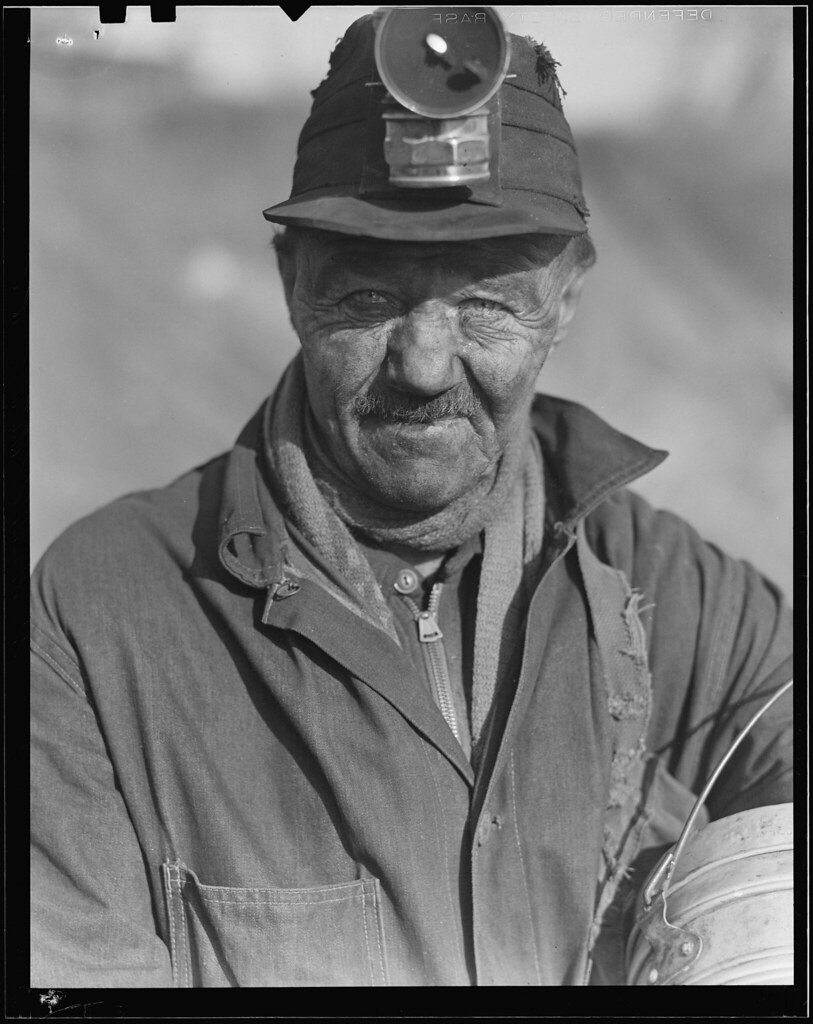
Scott's Run, West Virginia. Unemployed miner, March 1937
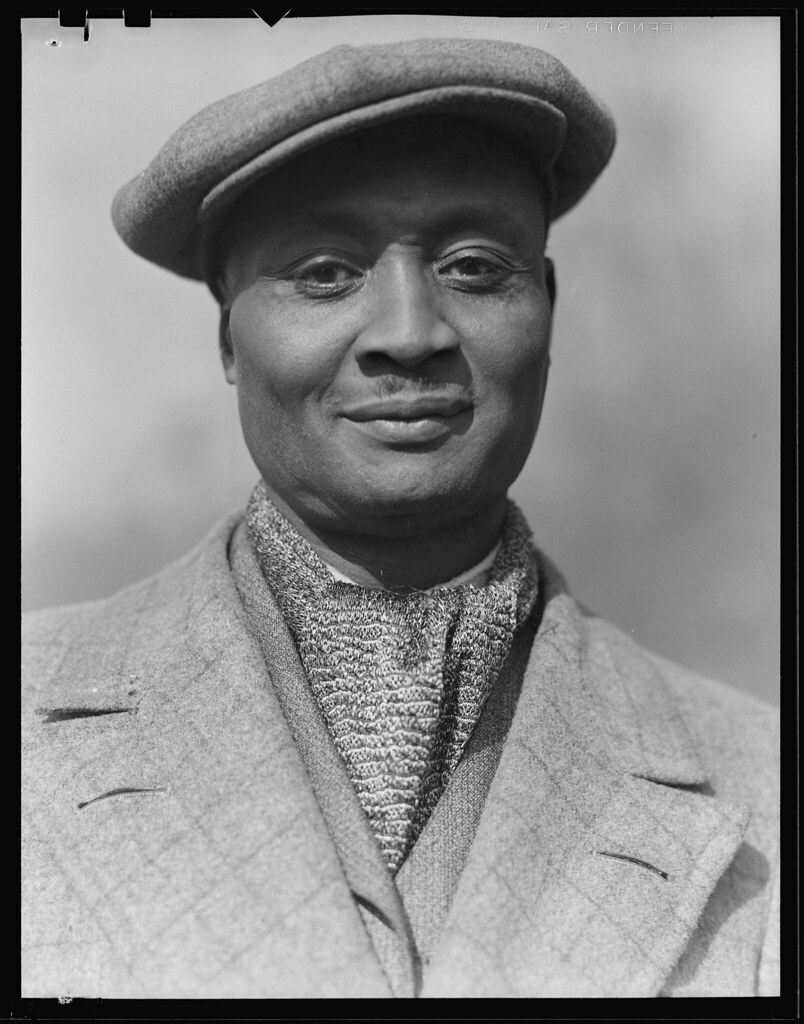
Scott's Run, West Virginia. Miner Herb Venn, photographed as he dressed for a trip to Morgantown, March 1937

Scott's Run, West Virginia. Mexican miner Vincent Lopez, Bertha Hollow, March 1937

Scotts' Run, West Virginia. Mexican miner's child digging coal from mine refuse. Bertha Hollow, 1936

Scott's Run, West Virginia. Mexican miner's child. This boy was digging coal from mine refuse on the road side. The picture was taken December 23, 1936 on a cold day; Scott's Run was buried in snow. The child was barefoot and seemed to be used to it. He was a quarter mile from his home, 1936

Scott's Run, West Virginia. Children of employed miners at Miller Hill, March 1937
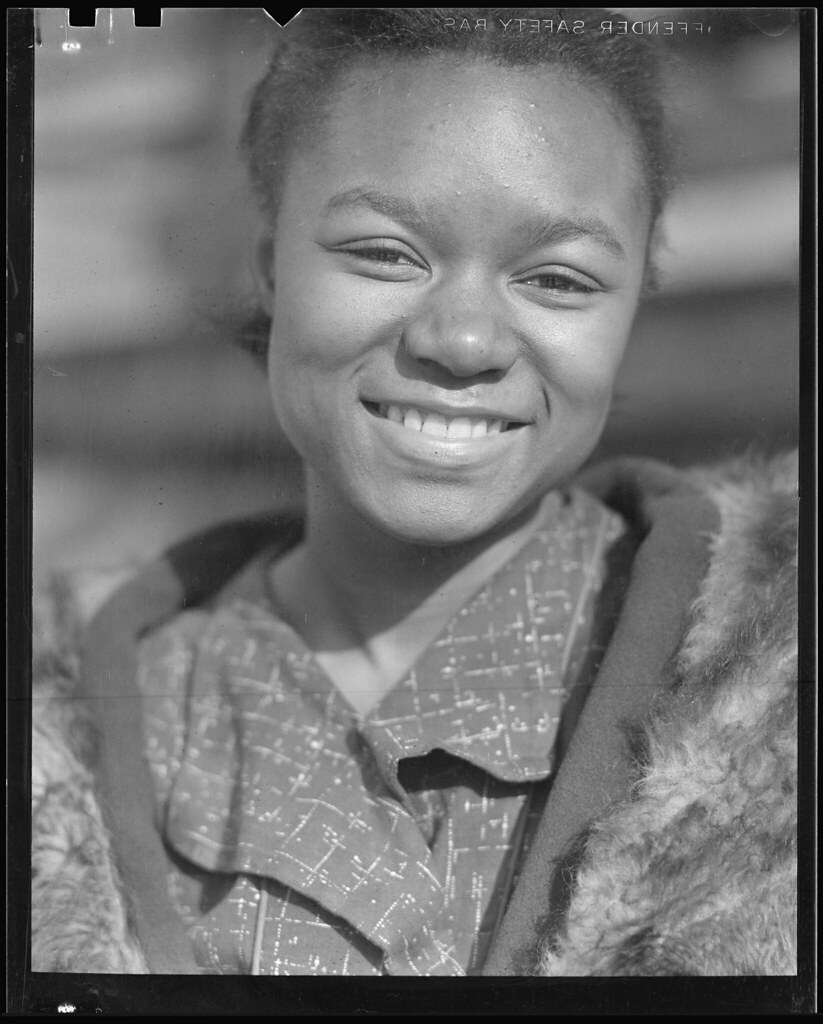
Scott's Run, West Virginia. Miner's child at Miller Hill camp, March 1937

Scott's Run, West Virginia. Pursglove No. 2. Scene taken from main highway shows company store and typical hillside camp, March 1937

Scott's Run, West Virginia. Pursglove Mines Nos. 4 and 5. Scene taken from main highway shows typical hillside settlements. Houses shown are for supervisory staff. Camp one of the best on Scott's Run, March 1937

Scott's Run, West Virginia. Pursglove Mines Nos. 3 and 4. This is
the largest company of Scott's Run. Scene shows main Scott's Run
Highway and atmosphere loaded with coal dust and typical of Scott's
Run on any working day, March 1937
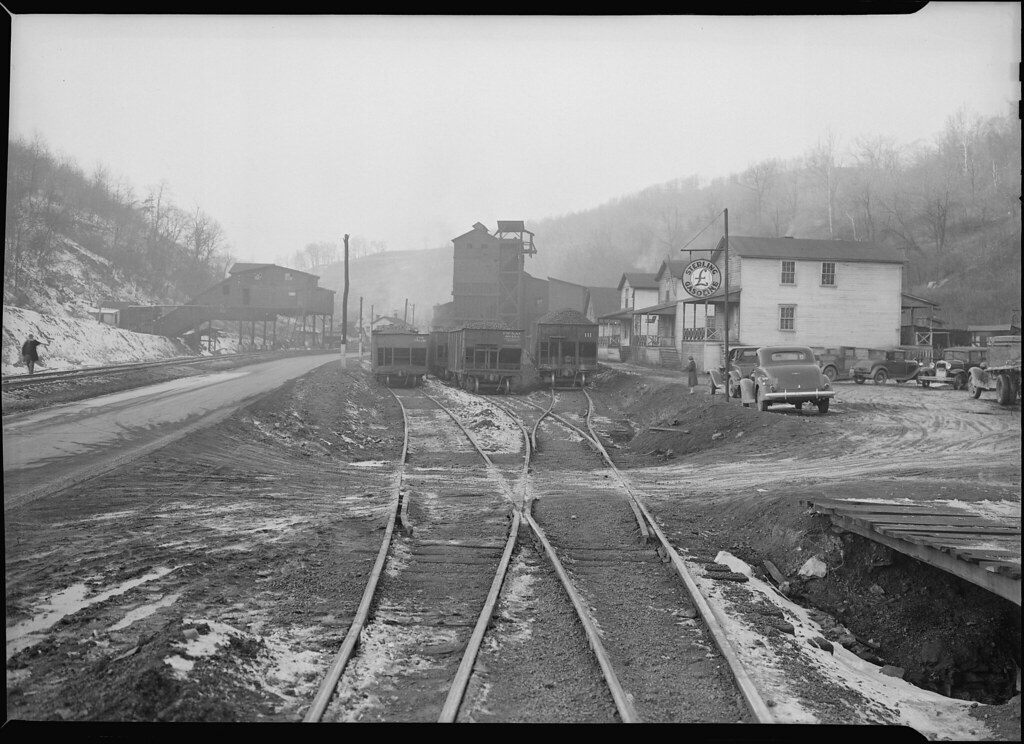
Scott's Run, West Virginia. Another view of Pursglove Mines Nos. 3 and 4, March 1937

Scott's Run, West Virginia. The Shack Community Center. Scene is typical of crowded space. In center of valley the stream is Scott's Run Creek. The Shack is a community center sponsored by a religious organization, March 1937
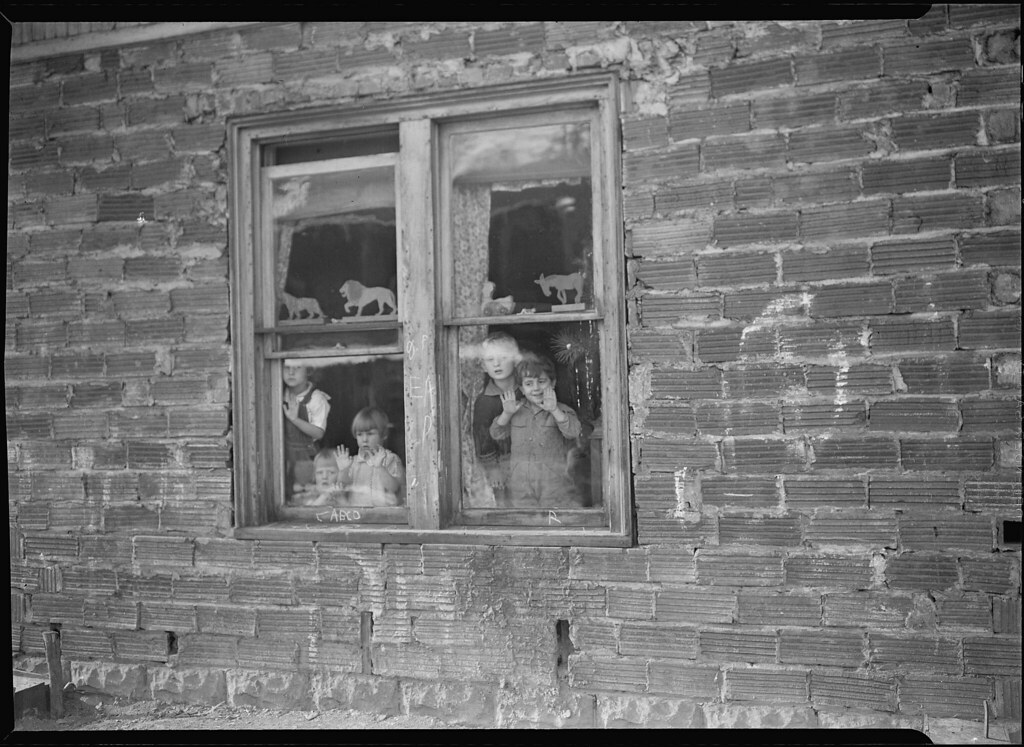
Scott's Run, West Virginia. This building is a part of the abandoned mine buildings of the stranded camp of Jere. It is the exterior of the old fan house. The children are a part of a WPA nursery now functioning in the camp, March 1937
Photos by Lewis Wickes Hine (1874-1940) from US National Archives



14 comments:
I read and looked at this and then saw your final note about yesterday’s WB piece, Joe Darby and the cunning plan and was kind of putting two-and-two together about Poetry of Place and its alternatives. I love this and these people. The contrast between them and yesterday’s humans in my mind and my feelings about the two groups makes me feel uncharitable and inhuman, but unfortunately I think inhuman “comes with the territory” these days. Your four lines and the generous helping of Lewis Hine’s photos are all I require to site me at the moment. No Apps allowed (please). Curtis
This is why my schoolteacher grandfather headed to Detroit and slept in her parks for months trying to find work. Eventually Briggs was hiring and he sent for my mother and grandmother. Indeed the circle of boom and bust is unbroken.
We’re all refugees from something, even if we’ve stayed in one place. The place I’ve lived all my life (so far) is Planet Earth. It’s home, a “place” made up of places. It’s a feeling. When the planet hurts, I hurt. Literally.
“The past speaks to us . . .” and from a place outside of history.
I like where this is going. Nice launch.
Being historical creatures we'd do well to stay on friendly terms with past but we keep the distance (whether by sentimentality or indifference, it hardly matters). A terrible and pervasive myth, that we're done with history.
And here we are coming close to our own grand goodbyes.
All those different races, the common glue being poverty. People and landscapes too worn out.
Poverty the disease
The rich can't
Afford to neglect.
Powerfully painful post Tom. Brrrrr. Ouch. Amazing courage in many of those faces! Joy too.
“Glad to meet you,” says the past. Here in the present, there are likely many billions of humans in situations equally or more painful, more degrading than the one so powerfully presented here. The gap is growing, nationally and globally.
I disagree, vazambam. The rich love poverty. It provides a “ready to go” work pool. It keeps the profits high and growing. Without poverty there would be no “rich”.
“What have I done to deserve this?”
“I can't remember
where, when, and why
I let someone open
this account in my name.
(Wanda Szymborska – Nothing’s a Gift)
I had a spiritual teacher long ago who said “we pick our parents and our lives before we are conceived.” I didn’t buy it then or now. I’ll go with WS’s theory.
Perhaps something will be revealed in “Eternity”.
Harris
Harris--
Take a closer look at my little "poem" and you'll see it says exactly what you say, to wit: "The rich love poverty. It provides a “ready to go” work pool. It keeps the profits high and growing. Without poverty there would be no “rich”."--
Exactly--that's why it's a disease the rich can't afford to neglect.
Ah yes, I missed the irony there. Thanks!
Yes the wealthy are doing an excellent job of growing poverty everywhere.
These images were made for the WPA's National Research Project (a survey of changes in industry and their effect on employment), for which Hine served as chief photographer.
The overarching social vision and sense of ethical conscience in Lewis Hine's work make it exceptional.
A useful brief biographical article on Hine, drawn from the catalogue for the current major exhibition of his photographic work at Fotomuseum Winterthur, Switzerland
Hine is described therein as "a progressive photographer, in European terms a left-wing artist... an ancestor and/or precursor to [the] 'documentary' and 'concerned' photography."
His work changed the way children were treated in American society.
Lewis Hine Collection: a slideshow of Hine's images documenting child labor in the US (from the Library of Congress)
Hine's commitment to social justice caused his work to be neglected in his later years. The gods of popularity have always been thoughtless and cruel. The Museum of Modern Art turned down his offer to donate his photographic archive. Instead it went to Eastman House.
Tom,
Thanks and yes, the past indeed speaks to us -- as we see in such remarkable images from the second stop in The Joe Darby Memorial Tour of the History of Industry. . .
8.17
light coming into sky above still black
ridge, shadowed bird hovering at flower
in foreground, sound of wave in channel
remark which thus, for such
that relative to this
thing, more than once, what
has already been said
grey white fog against invisible ridge,
white line of wave breaking in channel
What have we done --
And why do we keep doing it?
I learned photography from an old Sears kit in grade school--we turned our bomb shelter into a dark room, my sister and I, and we began with that and moved up.
But I still feel that those old b and w pics are so much more interesting. Color, for all it's glamor, never seems quite right. I don't quite like to admit it, but when I take a pic now, I tend to frame a more polished image than is out there. When I do (or rather did) black and white, I think more about the interior quality of the image.
I agree, Nin, color photography has a quality of glamor that is often off the beam. People, their personalities and emotions seem to come through more powerfully in black and white. Certain landscapes, like the cold mist, the freezing clouds seem more penetrating in black and white. I wonder if removing color from digital fotos would restore some of the special qualities of black and white? Will have to experiment with it. I think maybe messing with and mastering all those F-stops and ASA's may have forced a certain concentration upon photographers that sometimes produced extraordinary results.
Harris
Astounding as both a socio-economic document and as a collection of beautiful photographs.
And until now, I had no idea Lewis Hine ventured outside of New York City.
For more of the work of this great American photographer, see:
Lewis W. Hine: Where the Boys Are
Lewis W. Hine: An Enforced Rest
Lewis W. Hine: Child Labor, Kentucky, 1916
Lewis W. Hine: Child Scavengers
Lewis W. Hine: Cotton ("She jess works fer pleasure")
Lewis W. Hine: Day's Work of the Humphrey Children, Elizabethtown, Kentucky
Lewis W. Hine: Exposure ("get father a watch")
Lewis W. Hine: Junk Gatherers (Just Kids)
Lewis W. Hine: Truant Newsboys, Oklahoma City ("didn't know his name")
Post a Comment